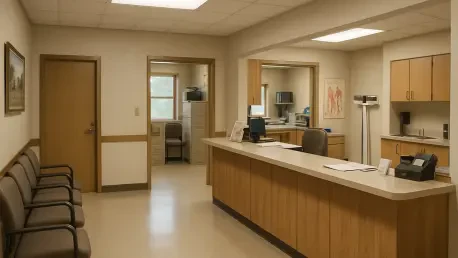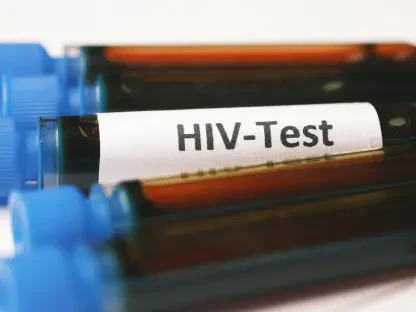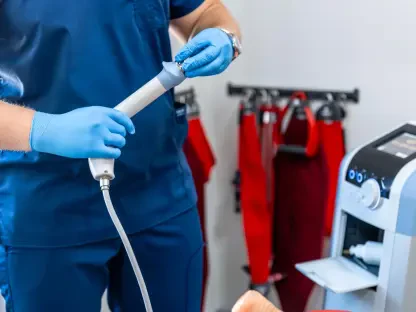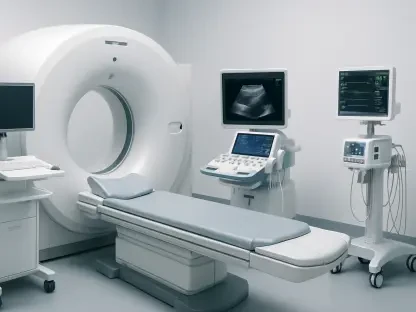I’m thrilled to sit down with James Maitland, a renowned expert in healthcare policy with a deep focus on rural health initiatives. With years of experience analyzing and advocating for equitable healthcare access, James has a unique perspective on the challenges and opportunities facing rural communities. Today, we’re diving into the complexities surrounding the Rural Health Transformation Program, a major federal initiative aimed at bolstering healthcare in underserved areas. Our conversation touches on the program’s significance, the impact of recent government shutdowns on its rollout, and the hurdles states face with tight deadlines and limited support. Let’s explore how these issues could shape the future of rural healthcare.
Can you walk us through what the Rural Health Transformation Program is and why it matters so much for rural communities?
Absolutely. The Rural Health Transformation Program is a $50 billion federal initiative launched to strengthen healthcare in rural areas, where access to services is often limited. It’s designed to fund a wide range of projects, from recruiting healthcare providers to implementing cutting-edge technologies and improving emergency services. For rural communities, this program is a lifeline—it could mean the difference between having a local clinic or driving hours for care. It also supports things like home health services and maternal care through doulas, which can be game-changers in areas with high health disparities. The potential impact of this investment is huge; it’s about giving rural residents the same shot at quality care as anyone else.
What kinds of challenges are states facing with the tight application deadline of November 5?
The timeline is incredibly tight—states only had 51 days from the opening on September 15 to submit their applications. That’s not a lot of time to navigate a complex process, especially for state public health teams that might already be stretched thin. Many are scrambling to pull together detailed proposals that outline how they’ll use the funds over the next five years. The pressure is on because there’s no room for error—if a state misses the deadline or submits a flawed application, they’re completely out of the program. There’s no chance to revise or appeal, which adds even more stress to an already rushed process.
How is the reduction in technical support from CMS, due to the government shutdown, affecting states trying to apply?
It’s creating a real bottleneck. CMS, which oversees the program, has furloughed nearly half its staff during the shutdown and scaled back nonessential services, including timely responses to technical questions from states. Normally, states rely on CMS for clarification on application rules or guidance on specific criteria, but now they’re getting delayed responses or being pointed to FAQs and recorded webinars. For many, that’s just not enough. I’ve heard of states struggling to interpret guidelines on their own, which can lead to mistakes or incomplete applications. It’s a frustrating situation when the stakes are this high.
Do you think the delayed support from CMS could unfairly impact certain states more than others?
Definitely. States with smaller public health departments or fewer resources are at a bigger disadvantage. They might not have the staff or expertise to navigate this complex application without hands-on support from CMS. Larger states or those with more robust teams might be able to muddle through, but for smaller or underfunded ones, this lack of guidance could mean the difference between a successful application and missing out on funding entirely. It’s a real equity issue—those who need the support most are the ones most likely to be hurt by these delays.
With CMS furloughing so much of its staff, how do you see this affecting their overall ability to manage programs like this one?
It’s a significant hit. When you’ve got nearly half your workforce sidelined, it’s not just the Rural Health Transformation Program that suffers—it’s a ripple effect across other CMS services too. Think about things like Medicare oversight or other grant programs; those are likely facing delays as well. The shutdown disrupts the agency’s ability to provide consistent support or even plan for the future. Once the shutdown ends, it could take weeks, if not months, to clear the backlog of inquiries and get operations back to normal. That’s time states and communities can’t afford to lose.
There’s been some finger-pointing about the shutdown’s impact, with HHS placing blame on Congressional Democrats. What’s your perspective on the root causes of this situation?
I think it’s more complicated than just pointing fingers at one political group. Yes, the shutdown is tied to broader political gridlock, but there are systemic issues at play too—like chronic underfunding of agencies like CMS or staffing shortages that predate this crisis. Politics certainly exacerbates the problem; when government funding isn’t secured, programs like this become collateral damage. What’s needed is a bipartisan push to reopen the government and prioritize healthcare initiatives. Beyond that, CMS could use more stable, dedicated funding for implementation, which some experts have pointed out is already allocated for this program but not fully utilized.
Experts have described the application process as confusing and rushed even before the shutdown. Can you shed light on what makes it so challenging for states?
From the start, this process has been a bit of a puzzle. The program’s guidelines are complex, and states have to forecast their needs and plans for a five-year period in just a matter of weeks. There’s also a lack of clear, detailed direction on what CMS is looking for in a “successful” application, so states are often guessing. Add to that the fact that many state teams aren’t used to handling applications of this scale under such a tight deadline, and you’ve got a recipe for confusion. The shutdown just piles on top of these pre-existing barriers, making an already tough situation feel almost impossible for some.
Looking ahead, what’s your forecast for the future of rural healthcare initiatives like this one, given the current challenges?
I’m cautiously optimistic, but a lot depends on how quickly these immediate hurdles are addressed. If the shutdown drags on or CMS support remains limited, we could see a lot of states miss out on this funding, which would be a huge setback for rural healthcare. On the flip side, if the government reopens soon and CMS can ramp up support, this program has the potential to be transformative. Long-term, I think we’ll see more focus on building resilient systems—both at the state and federal level—to ensure programs like this aren’t derailed by political or operational disruptions. Rural healthcare needs sustained investment and attention, and I hope this initiative, despite its rocky start, can be a stepping stone toward that goal.









